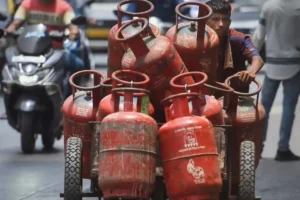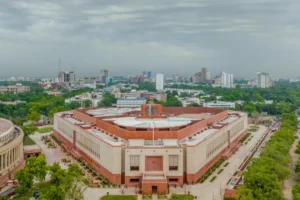
Hidden Subterranean Complex in Gaza
Hamas, the Palestinian political and military organization, has maintained an extensive tunnel network in the Gaza Strip for several decades, which has posed a significant challenge for Israeli ground troops. This underground infrastructure is reported to be hundreds of kilometers long and can extend up to 80 meters in depth. The tunnels serve a variety of purposes, including facilitating attacks, smuggling, storage, and operational activities.
Hamas has heavily invested in the construction and maintenance of these tunnels as a means to counter Israel’s military superiority and to bypass the blockade imposed on the Gaza Strip. Despite Israel’s ongoing efforts to detect and combat these tunnels, they remain a critical asset for Hamas, allowing them to bring in weapons and essential supplies, as well as facilitating the movement of personnel.
Also Read: Israel’s Ground Forces Conduct A Targeted Raid In Gaza
The underground network is complex and includes bunkers, command centers, and positions for launching rockets. This complexity makes it challenging for Israel to completely neutralize the tunnel system, as it involves the risk of subterranean warfare.
It’s worth noting that this tunnel network has been a long-standing challenge for Israel, with its development beginning in the mid-1990s and becoming more accessible after Israel’s withdrawal from Gaza in 2005. Over the years, Hamas has learned from previous conflicts and adapted its tactics, making these tunnels a central element of its strategy in the ongoing Israeli-Palestinian conflict.
Also Read: Delhi Cop Thrown in Air as Speeding SUV Strikes Him at Connaught Place
The situation is further complicated by concerns about the safety of hostages held in these tunnels, the use of improvised explosive devices (IEDs), booby traps, and the intricate nature of subterranean warfare, which presents a unique set of challenges for both sides involved in the conflict.
To read more such news, download Bharat Express news apps




















